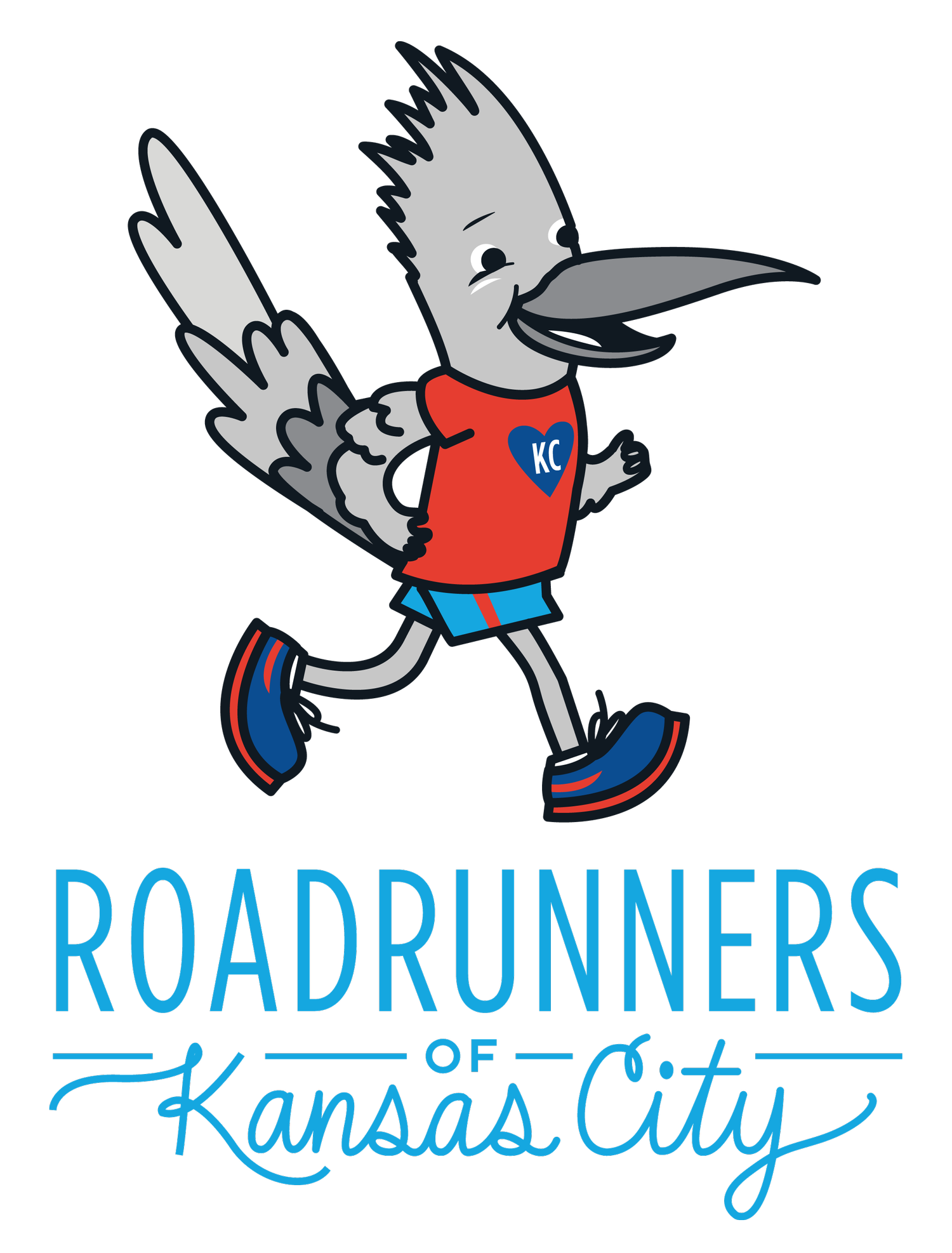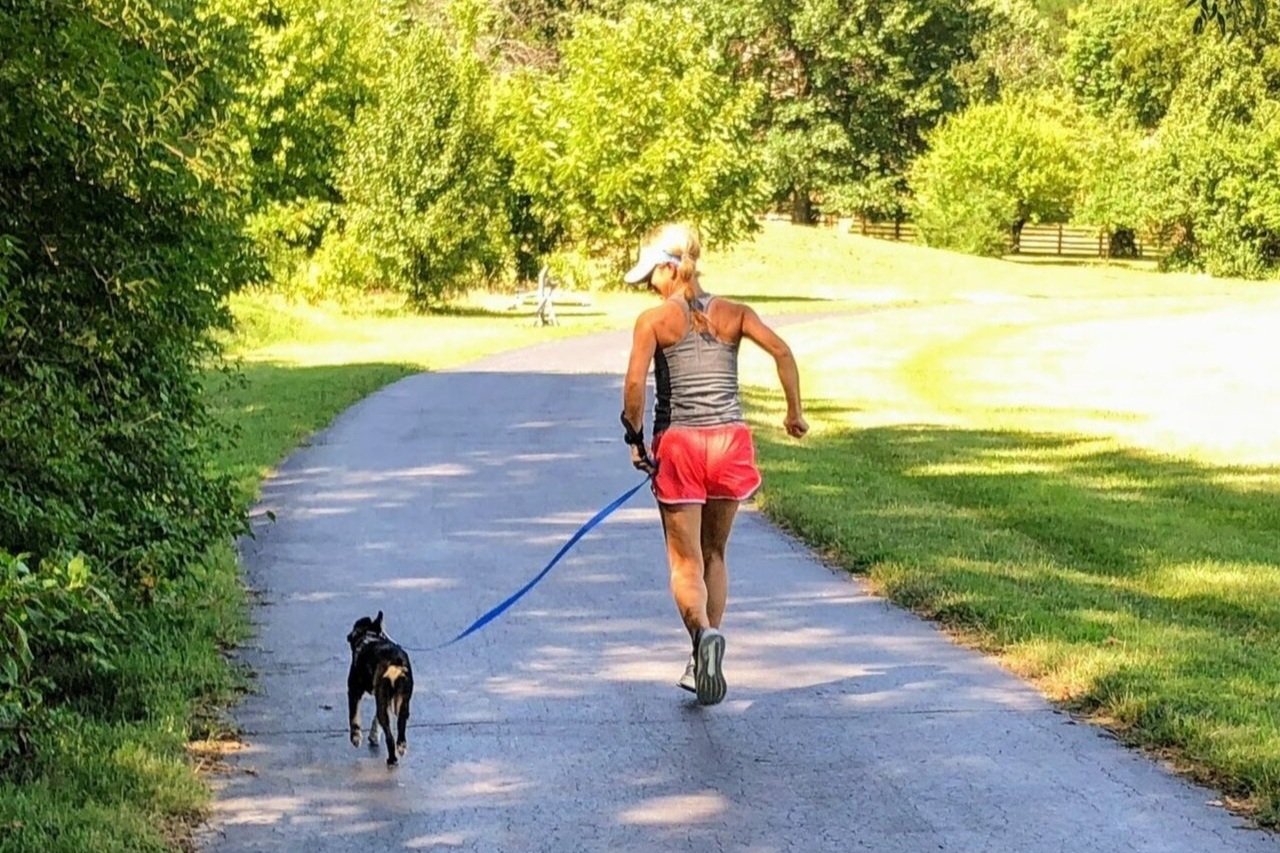The Low Down on Shin Splints
/Shin splints refer to shin pain that can occur on the inside or outside portion of the shin bone (tibia). Runners tend to have pain along the inside edge of the tibia (medial side). The official diagnosis is referred to as Medial Tibial Stress Syndrome (MTSS).
MTSS is most often the result of overuse of muscles that flex the foot and toes. These muscles can become tight and inflamed. The pain can be considerable as the muscles pull on the lining of the tibia. If left untreated, it can lead to a stress fracture. If pressure builds up in the compartment around the muscles it can lead to posterior compartment syndrome.
Signs and symptoms of MTSS
Early symptoms include shin pain at the beginning of a run that tends to go away (but not always) only to return towards the end of a long run or after the run is complete. Aggravating factors include running and jumping activities.
Causes of MTSS
Running injuries are usually caused by a combination of factors, but MTSS is almost always associated with training error: too much too soon! Improper foot wear and muscle imbalances in strength or flexibility can also lead to dysfunctional movement that stress the muscles.
Treatment of MTSS
If you experience symptoms of MTSS, early intervention is key. Here are some steps to follow:
- Employ rest, ice and compression socks.
- Contact coach Amy for an adjustment in training plan.
- Schedule an evaluation and treatment with Amy at Sport+Spine if symptoms persist after following steps 1-2. Amy will help determine the cause, treat the soft tissue with release techniques and create a program to eliminate dysfunction to get you back to running.
- Contact your doctor if you have sharp pain to touch on an isolated spot of your tibia as this may indicate a stress fracture.The only way to confirm is with a bone scan. X-ray imaging can confirm stress fracture only after the bone has started to heal and this may be weeks after the fracture has occurred.
Prevention of MTSS
- Dynamic stretching of calves and big toe in all 3 planes.
- Functional strengthening of calves and toe flexors.
- Correction of foot abnormalities.
- Correction of running form errors.
- Proper shoes for foot type.
- Sound training practices.


